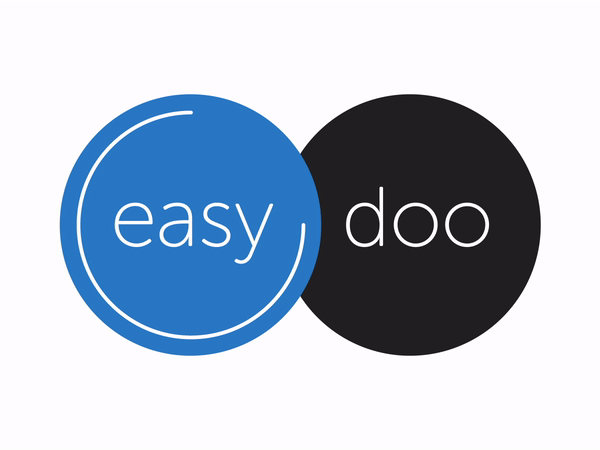MAKING DECISIONS - SOMETIMES NOT SO EASY!
- Simea Merki

- Nov 4, 2019
- 3 min read
There are decisions that you would rather not make at all. Some are so important that they scare you, others are too complex. A day passes before you even understand the problem. Finally, you make a decision. And what happens? You step on someone's toes with the proposal. All this makes you lazy when it comes to making decisions. Fortunately, there are numerous techniques to help you make good decisions. We'll introduce you to a few here.
Pros and cons list
The classic. You make a list: What are the advantages and disadvantages? At the end, you look through the list, count and prioritise the individual points. The disadvantages may be less important. Or a single advantage pushes all the disadvantages into the background. The pro/con list is particularly suitable for personal decisions because you can incorporate emotional criteria.
Decision-making matrix
The decision matrix is much more mathematical:
Create one column per option.
Enter criteria in rows.
Score the individual fields with numbers from 1 to 10.
The column with the most points wins.
Advantage: the whole decision-making process is less emotional because the calculations are made at the end. This also results in a clear "best" alternative.
Here is a small example:
The question is: "What should I eat for lunch today?"
Choice of options: Fast food, salad, Italian.
Criteria: How healthy is the food?, Is it expensive? (Beware of confusion: a low price is good and is therefore rated highly!), Is the restaurant normally overcrowded at this time or is there still plenty of room?
The matrix looks like this:

According to the decision matrix, we're having a salad today!
Decision making tree
The decision tree is reminiscent of a sports tournament. Individual options are played off against each other, the better one advances to the next round. The whole process is repeated until there is only ONE option left.
This is practical if you have many similar options. The decision tree only works in this case. If there are only two options, it does not help.

The 10-10-10 model
This method revolves around the effects of a decision. Three times ten stands for 10 minutes, 10 months, 10 years. So: What will happen in 10 minutes if I make this decision? In 10 months? In 10 years?
This has various advantages: We often value immediate consequences more highly because they are more imminent. However, there are consequences of decisions that you "have to go through" so that things get better afterwards. At the same time, the 10-10-10 method can also eliminate fear. If I realise that my decision will no longer have any effect in 10 months' time, stress is minimised.
The best-case / worst-case analysis
How do you decide when the effects are not clear? There is a technique here too. You analyse the possible outcomes and draw up best and worst-case scenarios. Then you weigh them up: What risk can or do I want to take so that perhaps the absolute best case scenario occurs? Or to put it another way: What must not happen under any circumstances?
Lights off!
By the way: Did you know that we make better decisions in the dark? Raffaella talked about this bizarre fact and other mysteries about decision-making in her article. Click here for the full text.




Comments